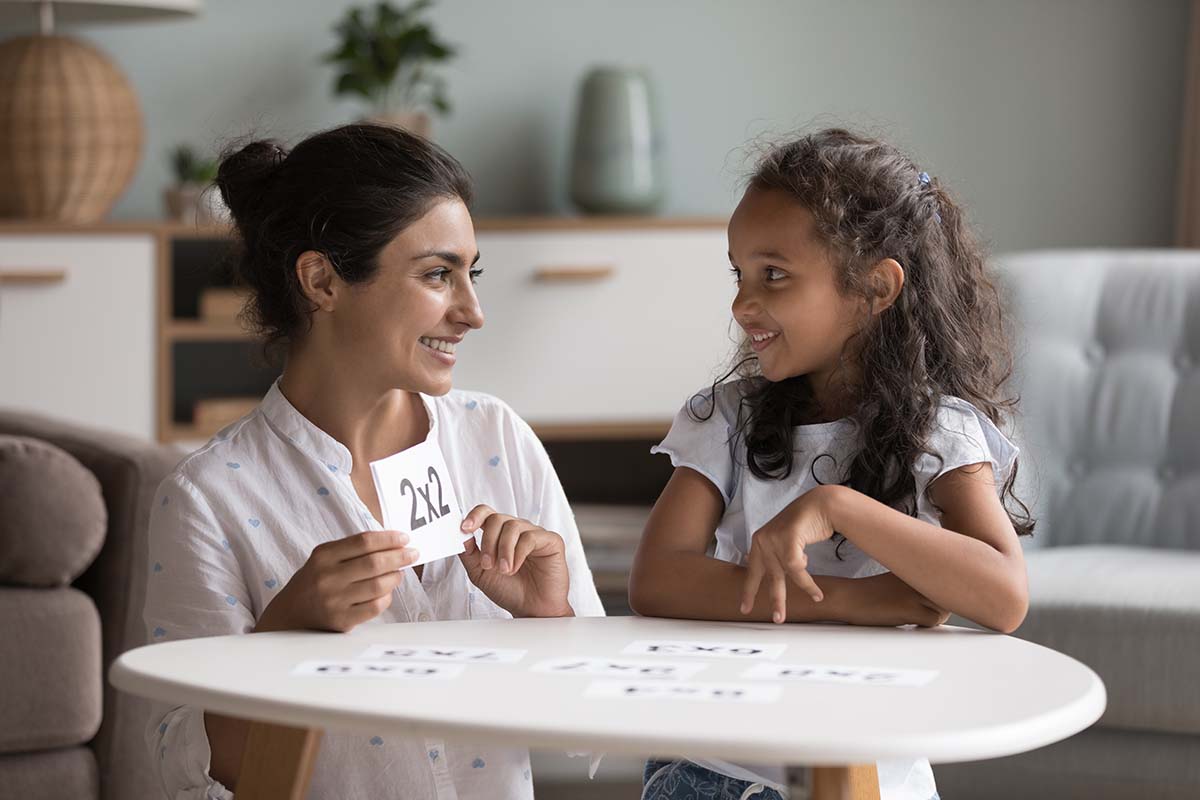
As students progress with math, the concepts they learn increase in quantity and breadth. Grade 2 continues this trend but the jump is bigger from Grade 1 to 2 than it is from Kindergarten to Grade 1. Children are still mastering the fundamentals and building upon them. This can often be a time when students struggle or fall behind. Spark Math by Spark Education has compiled the crucial 2nd grade math skills parents should look out for in their students. Let’s check them out.
1. Geometry
Identify Advanced Shapes and Angles
At this point, students will be able to identify and draw the core shapes and other less common ones. From here, students will need to learn shapes with many sides, such as octagons and know how many angles they have. This will be a great introduction to angles before they move forward to more in-depth angle-related math.
2nd graders will get their first taste of basic angles in this level of geometry. While they won’t be going too far into the applications used with angles, they will get comfortable with the fundamentals. It is critical that students begin to understand how to measure angles and express those values so they can smoothly transition to subjects like algebra and trigonometry later.
Partitioning Shapes
While this may not sound too important, partitioning shapes will be the first step toward fractions. Students will need to partition shapes into equal shares and be able to count the shares out. From there, they will begin describing the partitioned shapes in terms of halves, thirds, and fourths. This will be a test run for fractions and mark an important step toward more difficult math.

2. Foundational Multiplication
Speaking of more difficult math, 2nd graders have not only graduated to quadruple-digit numbers and counting to 1000, but they are also starting multiplication. Getting a strong base in multiplication will dictate success for all future math classes.
Counting and Skip Counting to 1000
Students have graduated to quadruple-digit numbers at this level. This is an important benchmark for student progress. Most students will be comfortable counting from any number up to 1000.
Skip counting in 5s, 10s, and 100s is part of the natural progression from grade 1. Skip counting also plays a role when learning multiplication. It can give students a quick familiarity with multiplications with 5, 10, and 100.
Building toward Multiplying using Addition
Students will learn how to group objects in pairs and perform repeated addition. This could look like 3 pairs of 2 and they will work to express that as an equation. 3 pairs of 2 will slowly become 3×2=6 and students will gradually work their way in. Parents should keep an eye out for this work and support their students where necessary.
Low-Level Multiplication
When students get comfortable with repeated addition and object multiplication, they will push forward to easy problems. Students must master these so they can move forward in math and also prepare for division. These 2 go hand-in-hand and a weak base in multiplication will make division an uphill battle.
3. Use and Understand Place Value
Students should already have a base for place value from 1st grade where they will likely have learned the tens place and hundreds place. This will be expanded substantially in grade 2 and play a big role in math moving forward.
Adding and Subtracting up to 1000 Using Place Operations
Students will need to strategically use “carrying” and “borrowing” with larger and larger numbers. Manually being able to perform these calculations (without a calculator) is key for improving in math. We don’t always have a calculator and knowing how to add and subtract any number is a practical skill everyone must know.
Mental Math adding or subtracting 10 and 100 to numbers
Part of place value is understanding how 10 and 100 can easily add or subtract from numbers. Once students are familiar with the 10s and 100s place value, they can smoothly integrate 10s and 100s. Additionally, multiplying and dividing with 10s and 100s will fall into place with little resistance.
Master 2nd Grade Math with Spark!
Grade 2 math is a pivotal year and might be the year a student starts to struggle. Parents should keep an eye on and support their young learner’s math progress. Each key concept will be a building block for more difficult math and many will have practical value in everyday life.
Enjoyed what you’ve read? Learn more about the Top 3 Math Concepts Below:
Kindergarten – First Grade – Second Grade – Third Grade – Fourth Grade – Fifth Grade
Want to try Spark math for your self? Sign up for a free trial class today!




